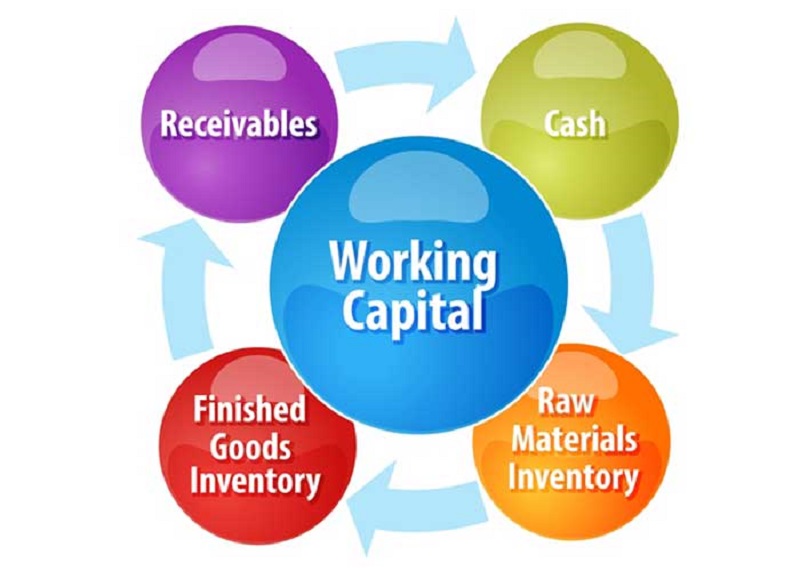A positive cash flow is imperative for the expansion of any business. The net amount of cash and cash-equivalents that flow in and out of business is called cash flow. Cash equivalents mean marketable securities, commercial paper, and short-term government bonds having a maturity date of three months or less.
Positive cash flow shows that the company has cash remaining in hand even after paying debts, expenses, rent and other liabilities. This cash can be used to reinvest in the business, to buy fixed assets such as furniture, equipment, property or to fund the marketing budget.

Cash, inventory, and payments received or yet to be received by customers form the current assets. These current assets are continuously being dented by demands towards payment to creditors, and other expenses. Businesses can utilize working capital financing to maintain or improve the cash flow of their business.
Importance of Cash Flow
Working capital is the funds required for daily operations of the business. It is reflected as the balance left after deducting current liabilities from the current assets. Usually, companies with high cash flow also have high working capital. It is required to:
- Replenish inventory for production and processing
- Payment of utility bills, payroll
- Marketing
- Equipment and software upgrades
- Buy/lease land or premises
Negative Cash Flow
Due to various reasons, the cash flows may diminish and even go negative. Seasonal fluctuation or competition may dry up the company’s revenues. The customers may delay payment or the suppliers may shorten the payment period. The cost of raw materials, labor and other inputs may rise. There could be changes in regulation which can suck up the cash.
For example, Developers of solar solutions imported solar panels without having to pay customs duty. After the solar modules’ category changed from chapter 8541 to chapter 8501 they have to pay 7.5% import duty. Solar companies which do not want to push the increased costs to the customers and have to bear the brunt themselves in the short term.
Working Capital Financing
Flexi working capital loans from NBFCs such as Bajaj Finserv help to meet the daily operations of the company.
They are available at nominal interest rates on working capital loan. The flexible loan offers businesses a pre-approved flexi loan limit. However, the business person can borrow as much is required from the loan limit. The interest is applicable only on the borrowed amount.
Bajaj Finserv offers flexi loans – term loan, interest-only, and hybrid. In the interest-only loan, the EMI does not include the principal component. It includes only the interest component. This further helps to reduce the EMIs.
The table shows how the EMI of flexible loans is much lower.
|
|
Business Term Loan |
Flexible Working Capital Loan (Term) |
Flexible Working Capital Loan (Interest only) |
|
Amount in (Rs.) |
30 lakh |
30 lakh |
30 lakh |
|
Utilised Amount (Rs.) |
NA |
10 lakh |
10 lakh |
|
Interest |
15% |
15% |
15% |
|
Years |
1 |
1 |
1 |
|
EMI (Rs.) |
287500 |
95834 |
12500* |
*Principal is paid at the end of loan tenor
Lower EMIs keep the current liabilities in control, and yet fuel the business operations. Working capital financing adds to the cash position as well as to the working capital. This boosts the overall sales and the revenues. The increased revenues can be used to repay the loan while maintaining high cash flows.
Bajaj Finserv offers unsecured working capital finance of up to Rs. 30 lakh. It can be availed by Limited or Private Limited Company, Partnership or Proprietorship Firm, and Self Employed Professional.
















